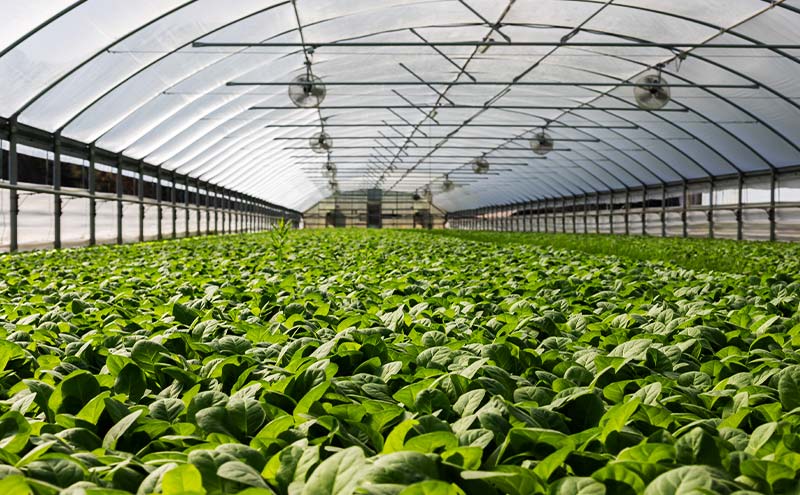



Article by: Hari Yellina
Australia is assisting in the development of glasshouse technologies that will help preserve global food security while also addressing climate change problems. The Hawkesbury Institute for the Environment in Richmond is at the forefront of agricultural research and is already supporting one of the world’s most populous countries in meeting its food needs, which are threatened by soil degradation. The Hawkesbury branch of Western Sydney University (WSU) is testing everything from new glass smartfilms to ‘teaching’ local stingless bees to pollinate glasshouse crops, from hydroponics to aeroponics. While bringing warmth into the glasshouse space is a major focus in Europe, the issue in Australia is to manage the heat using unique film surfaces on the glass to generate the ideal growing settings.
It’s estimated that up to 40% of Australian horticulture is grown in protected areas. Dr. Nisha Rakhesh, the Institute’s senior advisor in research strategy and partnerships, is helping to lead the programme and form relationships. She moved to Australia from India and earned a PhD in Agricultural Sciences from the University of New England. She previously worked for the Queensland Government’s Department of Environment and Heritage Protection as a senior project officer (sugarcane nutrient management and sustainable agriculture). She is assisting in the formation of collaborations that will allow WSU-funded technology to be commercialised, such as the exciting development of a new Agri-Tech Hub in Richmond, which will be a commercial venture and a combined WSU-Federal Government project.
The institution has requested $16.7 million from the government for the project. The bottom line of glasshouse production is quite exciting: zero carbon footprint, five-fold increase in crop yield with a tenth of the inputs. Everything is being polished in a $7 million research glasshouse at Richmond, which is a collaborative effort between WSU and Hort Innovation. The chambers regulate temperature, humidity, CO2, and light and are the largest facility of its kind in the Southern Hemisphere, according to Wageningen University Research. “With a tripling of the world population by 2050, there are major challenges for food security,” Dr. Rakhesh stated. “Without exploiting natural resources, particularly water security, we must nearly triple production.”
Climate variability in agriculture will continue to disrupt harvests year after year, but demand for fresh produce will rise at the same time. “We can save up to 95% of the water we use indoors, and we can recycle most of what we do use. In addition, we waste less water due to evaporation. There’s also the added benefit of having a minimal carbon footprint with such indoor systems. In addition, we will use fewer pesticides and fungicides.” Plants in a hydroponics system get exactly what they need, when they need it. It is a method of growing plants without the use of soil and without relying on natural resources, such as water security.
“Instead, crops are grown in an inert medium.” Automated fertiliser delivery systems distribute nutrient-rich solutions and water directly to the root system of the plants.”As a result, it is a water and nutrient efficient approach, delivering what is required directly to the roots of the plant.” Glasshouses are already commonly used in Australia to grow high-value tomatoes, cucumbers, eggplants, peppers, and leafy greens. The technology is currently being used to produce strawberries and raspberries in greater numbers. There are also many plants for nurseries, as well as flowers and herbs produced in glasshouses. Hydroponically grown food for livestock is also being considered, and is already being utilised in Gulf States where irrigation water is scarce (including Jordan).